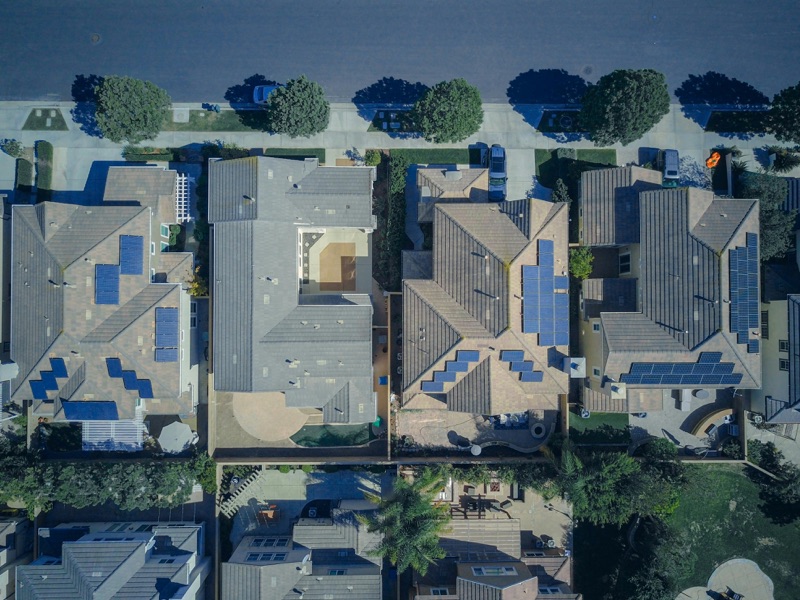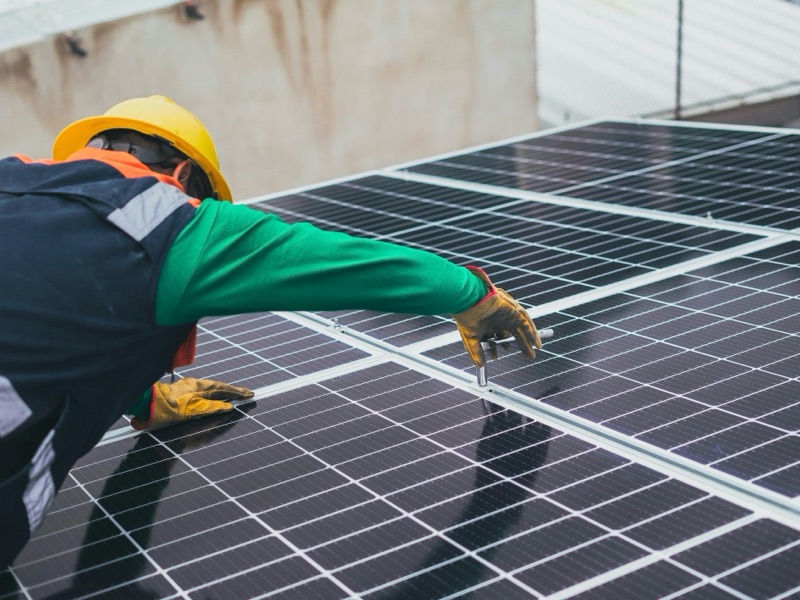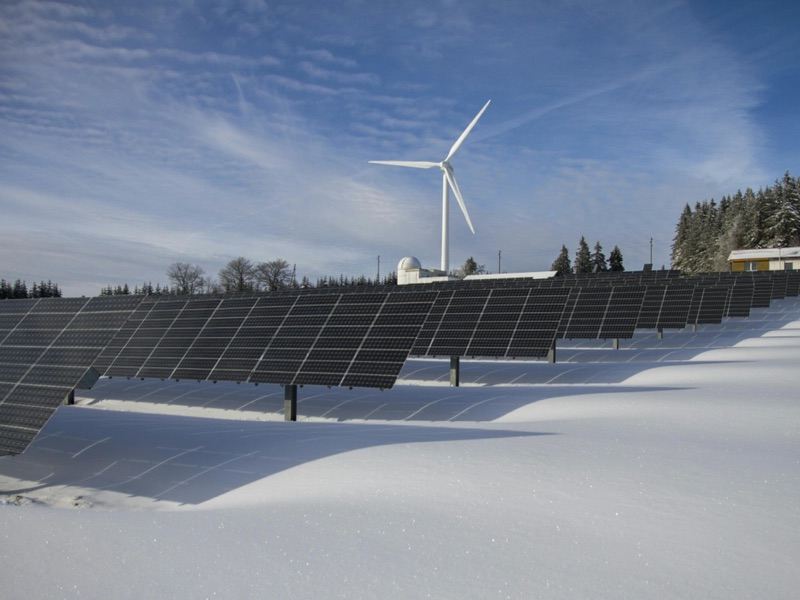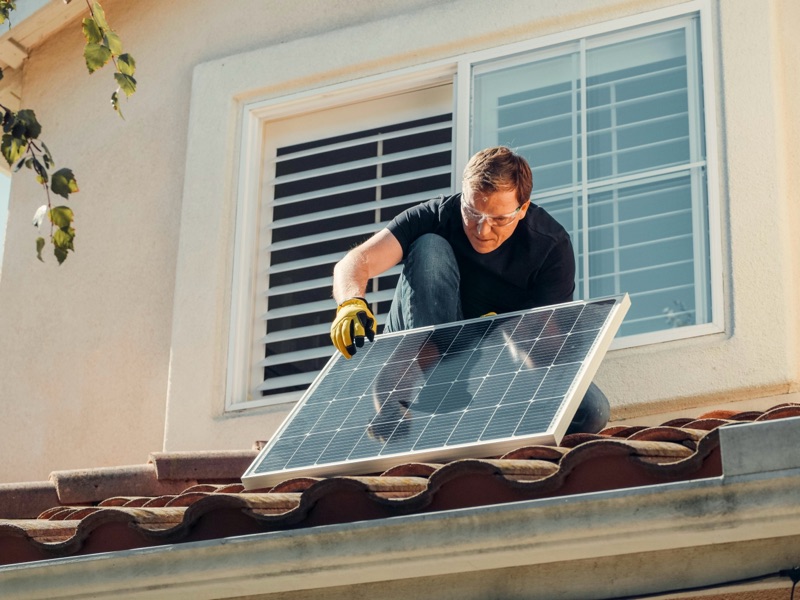As concerns about climate change, energy security, and rising electricity costs intensify, solar energy—particularly home-based solar systems—has gained tremendous attention. With falling installation costs, technological improvements, and increased energy independence, many homeowners and policymakers are asking a critical question: Can home solar replace the traditional electric grid?
The answer is layered. While home solar holds remarkable promise, it faces significant technical, economic, and systemic barriers to becoming a full-fledged replacement for centralized energy infrastructure. However, its role as a key component in a future distributed energy system is both viable and inevitable.

The Case for Home Solar Today
1. Falling Costs and Rising Efficiency
The cost of residential solar has plummeted by over 70% since 2010. Modern photovoltaic (PV) systems are more efficient, durable, and aesthetically pleasing. According to the U.S. Department of Energy, the average residential solar system now costs between $15,000 and $25,000 after tax incentives, and the payback period can be as short as 6–8 years in sunny regions.
2. Energy Independence
Homeowners with solar + storage (battery systems like the Tesla Powerwall or Enphase IQ Battery) can insulate themselves from blackouts, rate hikes, and fuel price volatility. This energy resilience is especially attractive in areas with unreliable grids or frequent natural disasters.

3. Net Metering & Incentives
Many jurisdictions offer net metering, allowing homeowners to sell excess energy back to the grid. Coupled with federal and local incentives, solar adoption becomes financially appealing even without going off-grid entirely.
The Challenges of Grid Replacement
While solar adoption is growing, replacing the grid entirely with home solar presents several obstacles:
1. Intermittency
Solar panels only generate electricity when the sun shines. Without storage, this results in a mismatch between supply and demand—especially in the evening when usage peaks but solar generation plummets.

2. Storage Limitations
Battery technology is improving, but current systems are still expensive, bulky, and environmentally challenging to scale. A typical home battery provides about 10–15 kWh, enough for 10–12 hours of limited use. To go truly off-grid, multiple batteries are often required, significantly raising costs and complexity.
3. Geographic and Structural Constraints
Not all homes are solar-viable. Urban apartments, shaded areas, and homes with inadequate roof angles or space may not support sufficient panel installations. In colder or cloudier regions, solar efficiency drops significantly.

4. Grid Dependence for Stability
Even in highly solar-saturated neighborhoods, the central grid provides voltage regulation, load balancing, and backup power. Today’s infrastructure and policy frameworks still treat home solar as a supplement, not a replacement.
Looking Forward: The Future of Home Solar
Despite the current limitations, the trajectory of innovation suggests that home solar will play an increasingly central role in a hybrid energy future.
1. Advances in Energy Storage
Next-generation battery chemistries—such as solid-state lithium, flow batteries, and even metal-air technologies—promise to reduce costs, improve longevity, and lower environmental impact. As storage becomes more affordable and efficient, the viability of true energy independence increases.
2. Smart Grids and Energy Sharing
Future energy systems will likely be decentralized, where homes are not isolated solar islands but nodes in a smart, self-regulating grid. Technologies like vehicle-to-grid (V2G), AI-driven energy management, and peer-to-peer energy trading platforms (blockchain-based or otherwise) will allow homeowners to buy, sell, or share power locally.

3. Regulatory Evolution
As utilities and governments adjust to the changing landscape, expect shifts in policy toward time-of-use pricing, virtual power plants (VPPs), and revised net metering policies. These shifts can support more home solar integration without sacrificing grid stability.
4. Integration with Other Renewables
While solar will be a major player, it will not act alone. Home energy systems may incorporate micro wind turbines, geothermal, and demand-side management tools to reduce reliance on any single source. Hybrid systems increase resilience and reduce storage burdens.
A Balanced Perspective
To ask whether home solar can replace the grid may be the wrong question. A more useful frame is: How can home solar redefine the grid? The future likely lies in distributed generation, where centralized utilities are complemented—rather than replaced—by millions of decentralized energy producers.
In high-penetration scenarios, the grid shifts from being a one-way power delivery mechanism to a dynamic, multi-directional energy network. In this vision, home solar isn’t a fringe option—it’s a backbone component of the new energy economy.

Conclusion: Viable Partner, Not Full Replacement
Home solar is not ready to replace the grid today—not technically, economically, or logistically. But as part of an evolving, flexible, and intelligent energy system, it is indispensable. The long-term viability of home solar will depend on continued advances in storage, supportive policy, and a reimagining of grid architecture.
As we move toward a net-zero carbon future, home solar will not stand alone—but it will lead the charge.